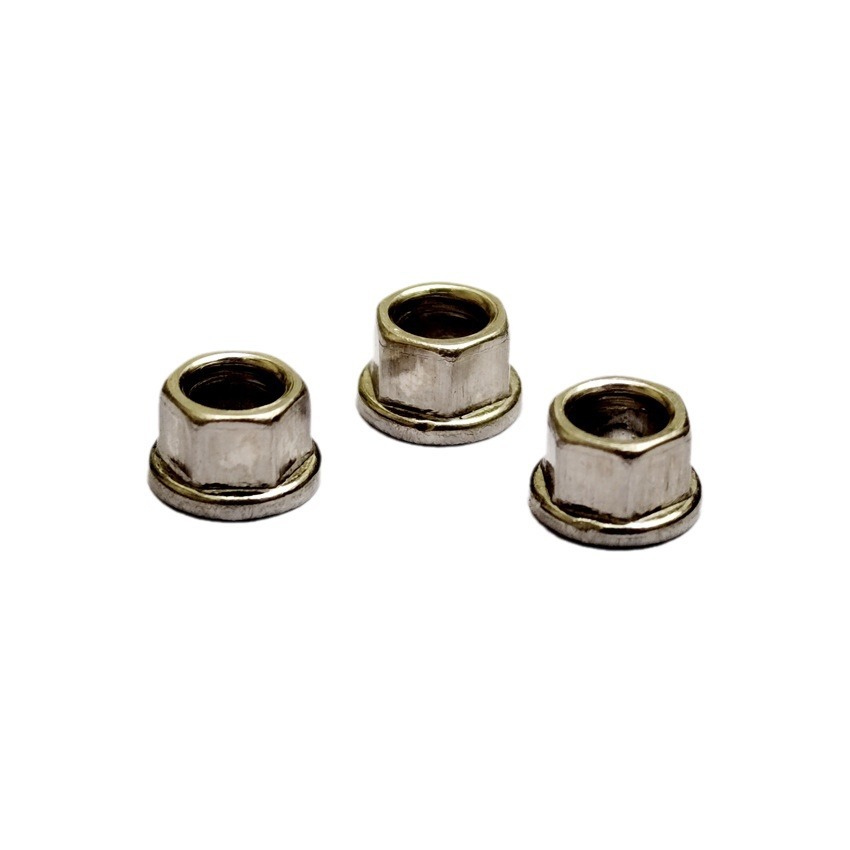- Time:2024/09/19 Posted:Dongguan Jierui Hardware Technology Co., Ltd
Custom screws, also known as non-standard screws, do not adhere to a unified set of standards and are generally used in specific applications and purposes. Unlike standard screws, which conform to national standards, custom screws offer superior features in many aspects. In the face of the vast market demand, keeping up with the development of the times and society is essential. Custom screws are definitely the best tool for this purpose.
Compared to standard screws, custom screws exhibit superior characteristics in many areas. To stay in line with current trends and market needs, custom screws are a valuable asset. They are unique and specific to certain enterprises or products, and their manufacturing process differs from that of standard screws.

1. For instance, the methods for moisture-proofing custom screws include:
For custom screws used in vibrating machinery, it is advisable to use solvent-free paint.
It is best to choose impregnation paints that do not contain oxidation components, such as epoxy-urethane or unmodified epoxy-based impregnation paints.
When using melamine resin impregnation paints, adjust the curing temperature and time. The curing temperature should be slightly above 130°C (e.g., 135°C) with a curing time of more than 180 minutes, and strict adherence to the process is required. Especially in high-temperature and humid seasons, the drying (curing) time recommended by paint manufacturers may not be sufficient, and specific internal shapes of motors need to be considered.
Use paints that do not contain volatile acids.
Choose paints with good hydrolysis resistance.

2. Techniques for Controlling the Quality of Electroplated Custom Screws
The quality inspection of custom screws generally considers the appearance and the quality of electroplating. The assessment focuses on the electroplating quality and corrosion resistance, with appearance being a secondary factor. Corrosion resistance is tested by setting experimental conditions and performing corrosion tests.
Control over the electroplating quality of custom screws includes:
Appearance: The product surface should not have areas without plating, charring, roughness, dullness, peeling, or skin-like conditions. There should be no pinholes, black plating residue, loose passivation film, cracking, peeling, or severe passivation marks.
Plating Thickness: The plating surface should be smooth and of uniform thickness. The lifespan of fasteners in corrosive environments is proportional to the thickness of the plating. Typically, economic electroplating has a thickness of 4–12 micrometers, while hot-dip galvanized screws have a standard average thickness of 54 micrometers, with a minimum thickness of 43 micrometers.
